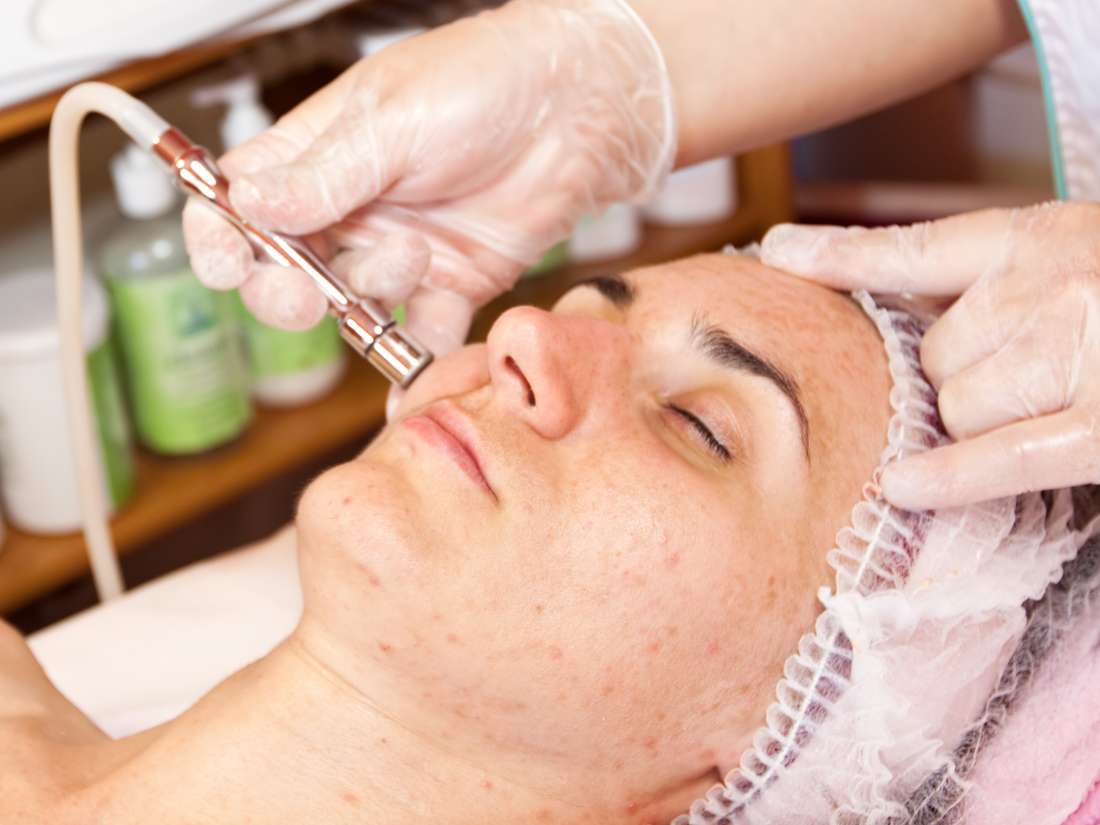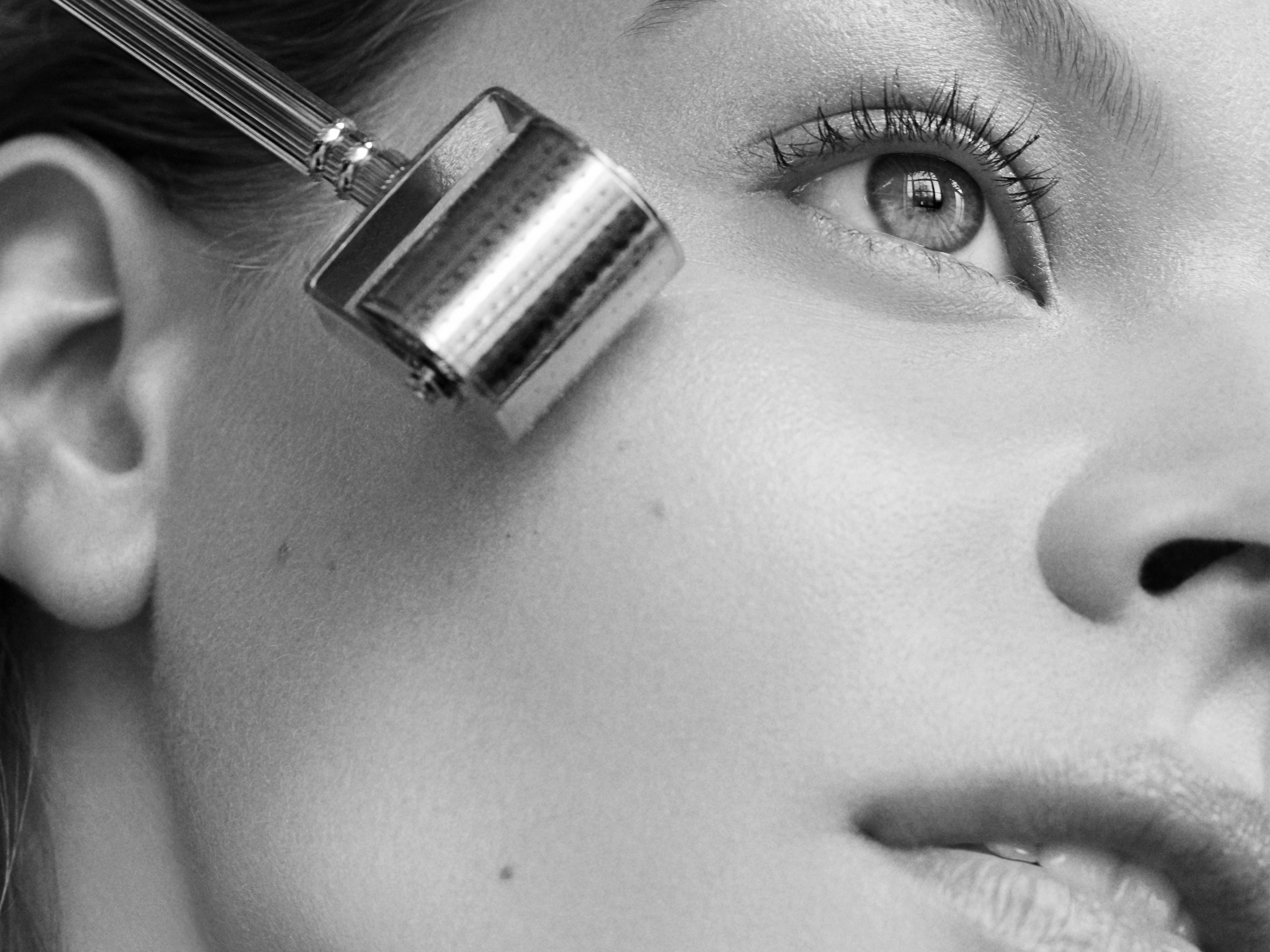What is also not less adorable than acne? Of course, acne scars! The changes in your skin texture and color that occur in the area of acne face generally persist even though the acne has long been healed. This is caused by damage to the follicular wall due to inflammatory acne. In the healing process, the skin tries to repair itself by forming new collagen fibers.
Unfortunately, this repair process cannot be as smooth and perfect as the original skin. Although this healing and skin repair have a similar process, it turns out that the acne scars produced are not always the same. There are several types of acne scars that have a different appearance. By knowing the type of acne scars you have, you can do more specific treatments. Here are 5 types of acne scars that you need to recognize.
Ice pick scar

Ice pick scar is the most difficult type of acne scars to handle. As the name implies, these acne scars have a hole-like shape made using an ice pick or ice breaker tool. Ice pick scars are classified as narrow yet deep, even reaching the dermis layer. Generally, ice pick scars are the result of cystic acne which is common in the jaw, chin, and cheeks. Acne inflammation that occurs on the inside of the skin damages the skin tissue and leaves scars like a puncture. To disguise these acne scars, special treatments such as laser treatments, punch excisions, and local compounding chemist treatments through Pracasil Scar Treatment are available at Chittaway Pharmacy.
Boxed Scar

If you are dealing with inflamed pimples, a boxed scar is a type of acne that is most likely to be experienced. These acne scars are not too deep indeed but have a wider size and the limits of acne scars which is quite firm like a box. The boxed scar can be treated with punch excision, punch elevation, dermal filler, or laser resurfacing treatments. The main causes of the boxed scar are collagen damage and loss of tissue on the skin. As a result, the skin area in this section has no focused and leads to the skin going inward. A boxed scar can be treated with punch excision, punch elevation, dermal filler, or laser resurfacing treatments.
Rolling Scar

Unlike the two previous types of acne scars that leave holes in the skin, rolling scars are acne scars that make the skin texture go up and down like a wave. Rolling scars tend to be shallower and have no clear wound boundaries. These acne scars generally occur after experiencing inflamed zits for a long time. As we get older and reduce skin firmness, the rolling scar can be seen more clearly. The most common way to deal with acne scars is to do laser treatment to even out the surface of the skin surface again. Also, facial fillers can be another alternative to overcome the rolling scar.
Hypertrophic Scar

Do you have acne scars that turn dark and look like lumps? This is a characteristic of hypertrophic scar or commonly called keloid. The lumps on acne scars are formed when the body accidentally produces too many cells while trying to repair skin cells damaged by inflammation. The way to treat hypertrophic scar is by giving steroids or cortisone injections. Also, you can use topical retinol products and laser treatments.